Serendip is an independent site partnering with faculty at multiple colleges and universities around the world. Happy exploring!
Next Generation Science Standards - Activity LIsting
Many of our activities for helping middle school and high school students learn life sciences are aligned with the Next Generation Science Standards (NGSS; http://www.nextgenscience.org/next-generation-science-standards). The following listing provides brief descriptions of our NGSS-related resources. The tables in Alignment of Activities with Next Generation Science Standards summarize the alignment of our activities with NGSS Disciplinary Core Ideas and Performance Expectations. These tables also summarize how each of these activities engages students in Scientific Practices and provides the opportunity to discuss Crosscutting Concepts. The Teacher Notes for each activity provide additional information concerning alignment with the Next Generation Science Standards.
- « first
- ‹ previous
- 1
- 2
- 3
- 4

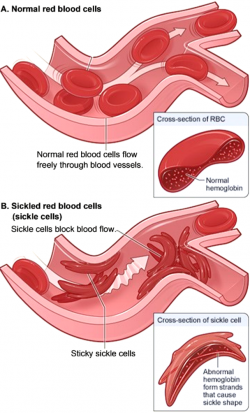


 In this minds-on activity, students answer analysis and discussion questions to learn how a child inherits one copy of each gene from each parent via the processes of meiosis and fertilization. They analyze how the processes of meiosis and fertilization result in the alternation between diploid and haploid cells in the human lifecycle.
In this minds-on activity, students answer analysis and discussion questions to learn how a child inherits one copy of each gene from each parent via the processes of meiosis and fertilization. They analyze how the processes of meiosis and fertilization result in the alternation between diploid and haploid cells in the human lifecycle.
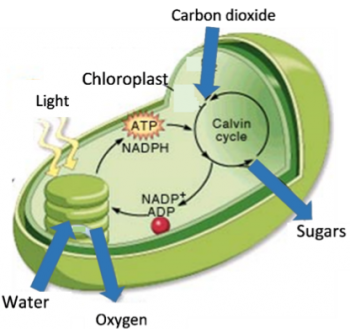 In this analysis and discussion activity, students develop their understanding of photosynthesis by answering questions about three different models of photosynthesis.
In this analysis and discussion activity, students develop their understanding of photosynthesis by answering questions about three different models of photosynthesis.
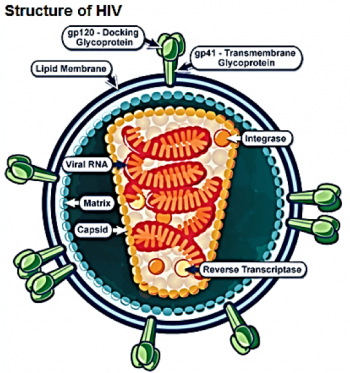 This analysis and discussion activity introduces students to the biology of HIV infection and treatment, including the molecular biology of the HIV virus lifecycle and the importance of understanding molecular biology and natural selection for developing effective treatments.
This analysis and discussion activity introduces students to the biology of HIV infection and treatment, including the molecular biology of the HIV virus lifecycle and the importance of understanding molecular biology and natural selection for developing effective treatments.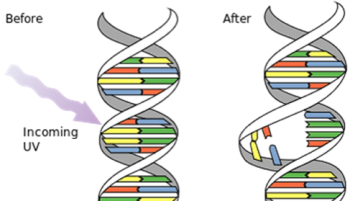 Students learn about the effects of UV light, mutations and DNA repair on the survival of prokaryotes and the risk of skin cancer. In the first experiment, students evaluate the effects of different durations of UV exposure on survival and population growth of Haloferax volcanii. This experiment also tests for photorepair of DNA damage. Students design the second experiment, which evaluates the effectiveness of sunscreen. In addition, students answer analysis and discussion questions that promote their understanding of molecular biology, cancer, and the interpretation of experimental results.
Students learn about the effects of UV light, mutations and DNA repair on the survival of prokaryotes and the risk of skin cancer. In the first experiment, students evaluate the effects of different durations of UV exposure on survival and population growth of Haloferax volcanii. This experiment also tests for photorepair of DNA damage. Students design the second experiment, which evaluates the effectiveness of sunscreen. In addition, students answer analysis and discussion questions that promote their understanding of molecular biology, cancer, and the interpretation of experimental results. 


 In this analysis and discussion activity, students learn that the concept of species is useful because organisms within a species are evolving relatively independently of other populations of organisms and thus can evolve a distinctive suite of adaptive characteristics.
In this analysis and discussion activity, students learn that the concept of species is useful because organisms within a species are evolving relatively independently of other populations of organisms and thus can evolve a distinctive suite of adaptive characteristics.
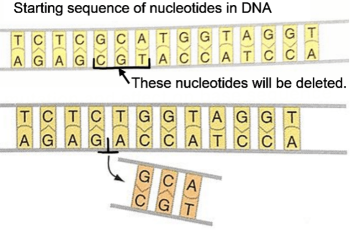
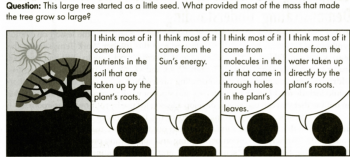

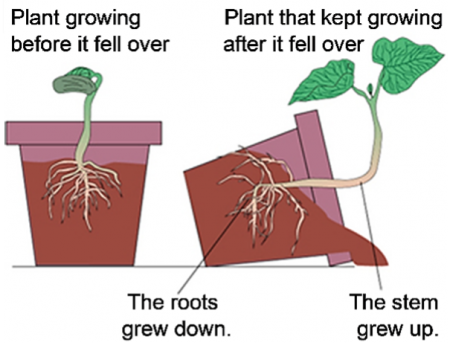 In this analysis and discussion activity, students investigate several examples of plants that have grown in odd shapes.
In this analysis and discussion activity, students investigate several examples of plants that have grown in odd shapes.








